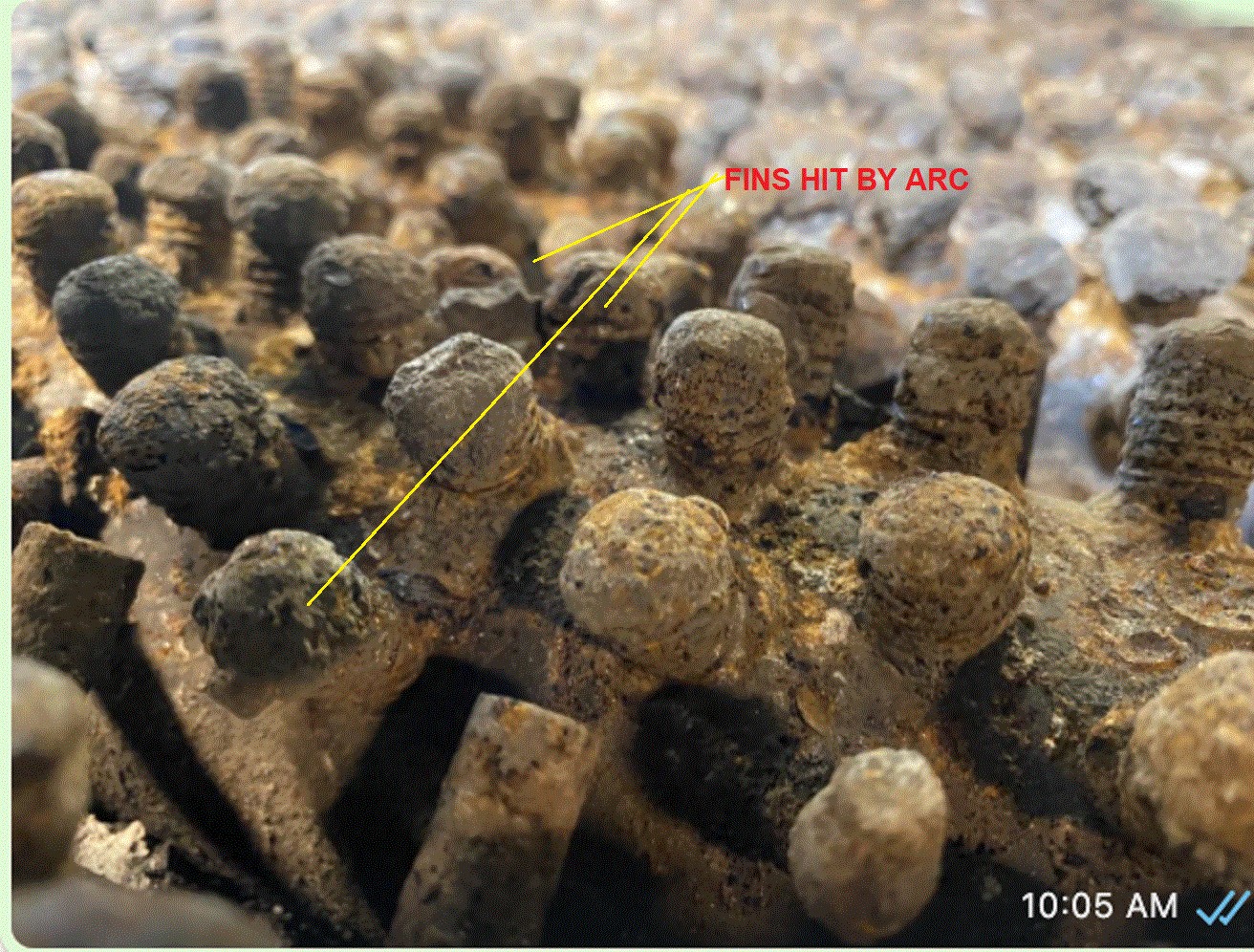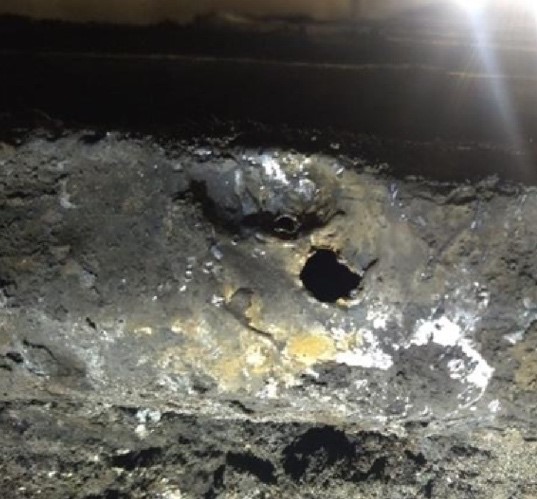WHO WE ARE
Sage was founded in 1978 in Brazil and operating in USA since 1985. It is dedicated to create alternatives for materials operating in particularly severe conditions. That includes high temperatures, chemically or mechanically aggressive conditions.
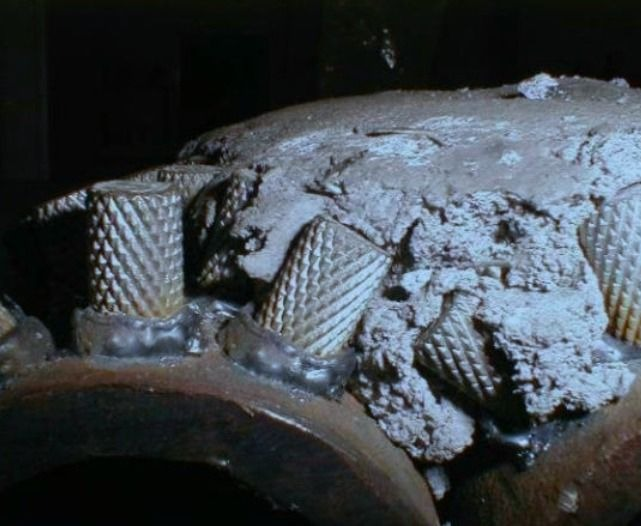
In 2010 Sage Thermal Shield was introduced to prevent the causes of unplanned outages in EAF mills.
Additional developments led to major opportunities to reduce production costs and ecological gains.
All these technological advances are described below.
Thermal Cracks
Tubes forming the panels in an EAF have their outer wall exposed to extremely high temperatures while inner wall remains cooled by water flow.
Every time power is turned off, huge temperature differences between inner and outer tube walls induce thermal cracks as shown at right.
No sudden cooling/heating occuers in Sage Panels, as shown below
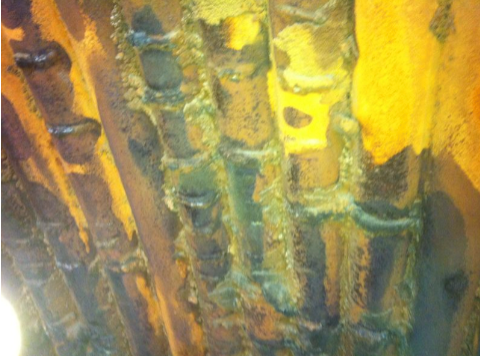
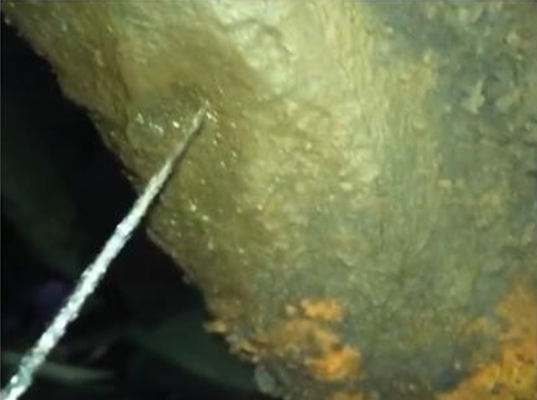
Chemical Attack
Oxidizing atmospheres and high temperatures cause severe wear to the tubes material. During the primary refining, the environment between liquid bath, roof and shell tubes shifts from oxidizing to reducing atmospheres.
Both conditions impose corrosion on the walls causing leaks as shown at lower left.
Electric Arc Discharge
